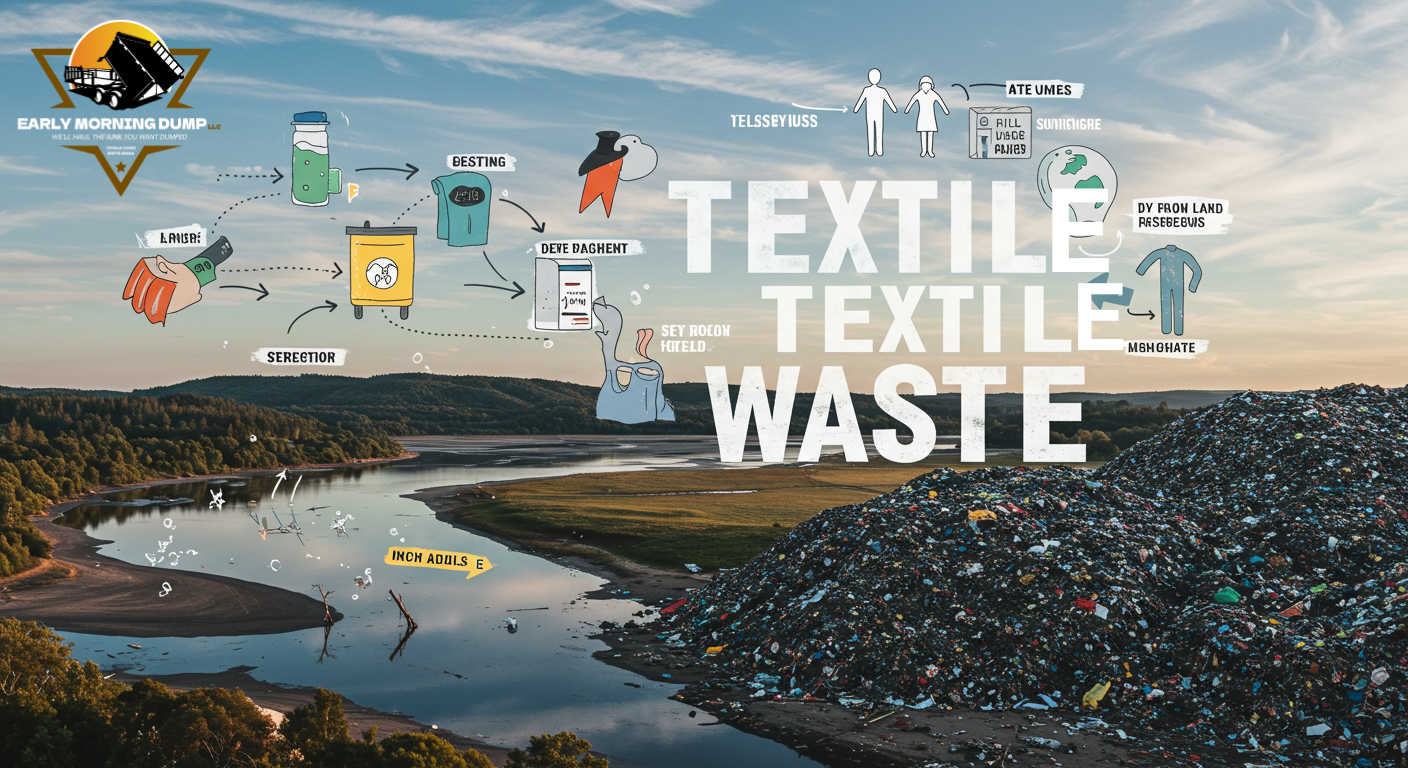
- Cory Mayle
- March 19, 2025
- 10:42 pm
- No Comments
The Environmental Crisis Caused by Textile Waste
The growing issue of textile waste is significantly impacting the environment. Millions of tons of discarded fabrics end up in landfills, contributing to pollution and resource depletion. Sustainable solutions like recycling and proper disposal methods can help mitigate this crisis. Implementing responsible waste management practices is essential in reducing harmful effects and promoting a more eco-friendly approach to handling discarded textiles.
1. The Impact of Textile Waste on the Environment
The excessive disposal of fabric waste leads to severe environmental problems, including soil contamination and water pollution. Many synthetic textiles contain chemicals that do not decompose easily, increasing landfill waste. By promoting recycling and upcycling initiatives, we can reduce environmental damage. Sustainable production and consumption habits are crucial in minimizing the negative effects of discarded textiles and conserving natural resources for future generations.
2. The Importance of Textile Waste Management
Proper textile waste management is essential in reducing the amount of discarded materials that end up in landfills. Recycling facilities and donation programs play a vital role in diverting waste from disposal sites. Encouraging responsible consumer behavior, such as purchasing sustainable fabrics and repairing clothing, can further reduce textile pollution. Implementing efficient waste management strategies can help create a circular economy and promote environmental sustainability.
3. Role of Dumpsters in Handling Cloth Waste
Effective disposal solutions, such as dumpster rental, play a significant role in managing cloth waste. Businesses and communities can utilize dumpsters to collect and transport discarded textiles to recycling centers. By ensuring proper waste segregation, dumpsters help reduce landfill overflow and encourage responsible textile disposal. Implementing designated textile collection points can streamline the waste management process and reduce the environmental impact of discarded fabrics.
4. How Dumpster Rental Services Can Help
Different types of dumpsters, such as commercial dumpsters, construction waste dumpster, and residential construction dumpster, provide effective solutions for handling discarded textiles. These services allow for organized waste collection and transportation, preventing illegal dumping and reducing landfill waste. Renting a dumpster for textile disposal ensures that waste is managed efficiently and sustainably. Encouraging businesses and individuals to use proper disposal methods can significantly improve waste reduction efforts.
Conclusion
The environmental crisis caused by textile waste requires immediate action. Implementing sustainable textile waste management strategies, utilizing Early Morning Dump services, and encouraging responsible disposal methods can help reduce pollution. By adopting eco-friendly habits and supporting recycling initiatives, we can work towards a cleaner and more sustainable future.





